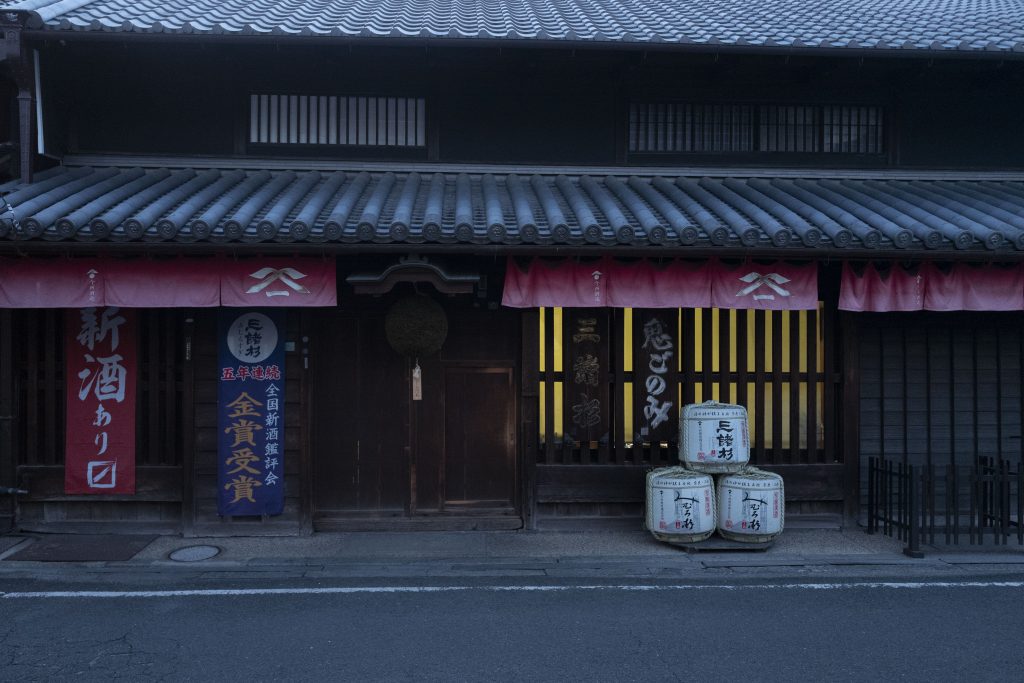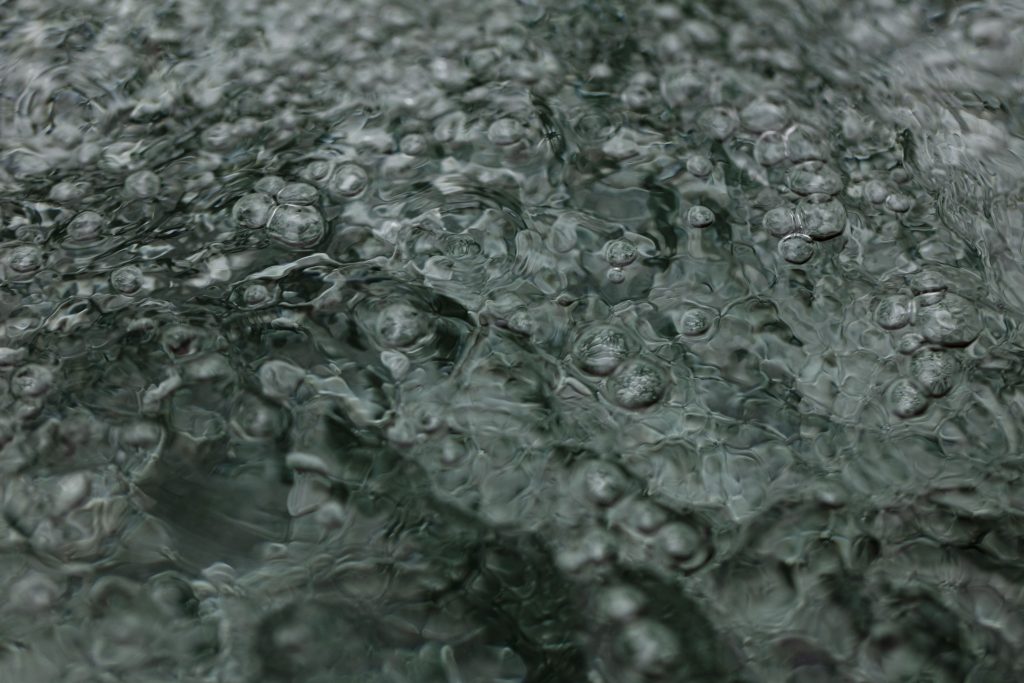Paris
Launched in 2015 by Adrienne Saulnier-Blache, Madame Saké is an independent company importing and distributing modern and artisanal Japanese sakes. A desire to introduce this excellent alcoholic beverage to connoisseurs from all over the world.

It is a family story that gave birth to this idea! Indeed, this Franco-Japanese woman grew up between the vineyards of her French father and the love for France of her intellectual mother from the Tokyo upper-middle class. But it is above all the discovery of an immense wealth of sake culture and products made with passion that will push Adrienne Saulnier-Blache to launch the adventure of Madame Saké.

Sake is the vulgar name of “nihonshu,” which means Japanese fermented drink made of rice and water. Madame Saké has decided to use the name “Japanese sake” in order to distinguish between distilled spirits produced throughout Asia and to respect the literal meaning of the term “nihonshu,” the alcoholic beverage of Japan.

This beverage is made by multiple fermentation of rice and water and is the closest to what we know from the beer making process in Europe, even if the Japanese fermentation is not destined to become fizzy and the alcohol level is close to that of wines, between 13% and 16%.

It all starts with a rice rich in starch, different from table rice, which is full of proteins. The rice is polished, washed, and steamed to be sprinkled with Kôji-Kin, a noble mold that will help transform the starch into sugar. The next step takes place in the “shubo” or foot of the vat where the cooked rice, the Kôji-Kin, and the spring water will ferment for 14 to 30 days to develop the necessary yeasts. Then comes the “moromi” stage; the fermented shubo is poured into a large fermentation vat to which the producers add cooked rice, Kôji-Kin, and spring water, which will be mixed to ferment for 30 days. At the end of this stage, the liquid is milky. It will then be pressurized to separate the solids from the liquid. This step will give a transparent liquid that can finally be pasteurized and bottled.

Today, Madame Saké represents 15 producers spread over the territory, from Fukushima to Kyoto, including Miyazaki, Nagano, and Tochigi. These producers have been carefully selected for the finesse of their production and for the fact that they run non-industrial and traditional family estates. Together, they share the know-how of yesterday and today through artisanal production techniques, while presenting a new vision of agriculture that respects nature. This way of production allows the new generations to relearn the ancestral gestures in order to give Japanese sake back its place of honor.
Madame Saké is also the desire to widen the field of possibilities in the world of taste by mixing flavors. This crossbreeding allows us to love each other in the exhilaration of the exchange of cultural products.
